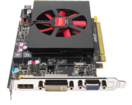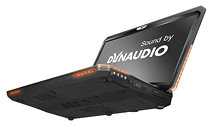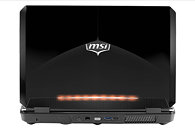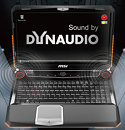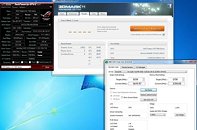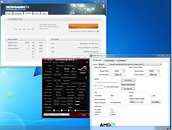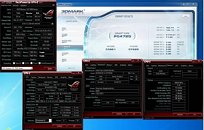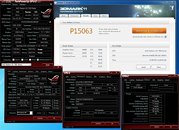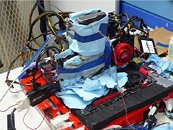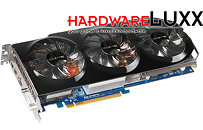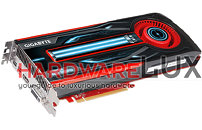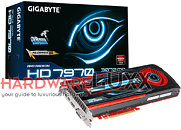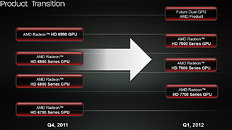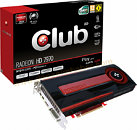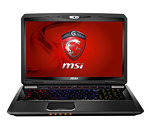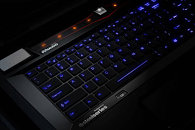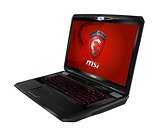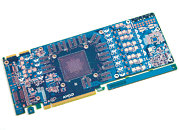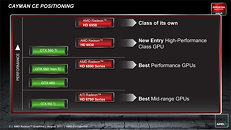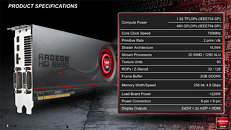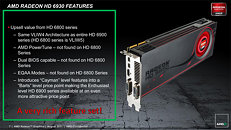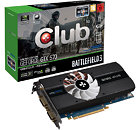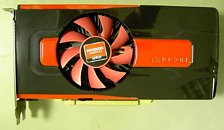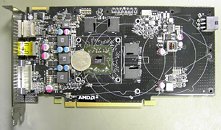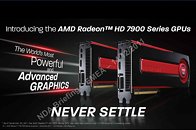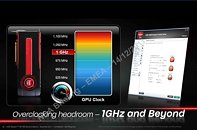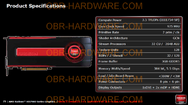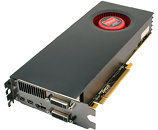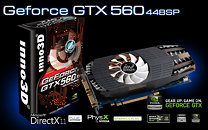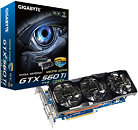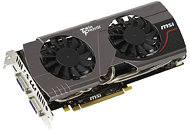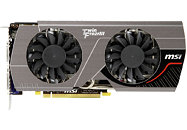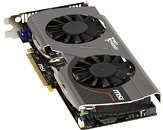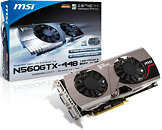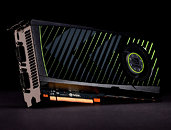AMD Radeon HD 7970 launch is
just around the corner. Ahead of its launch, AMD conducted its usual press briefing. DonanimHaber has access to some of the slides shown in that meeting. Earlier this day, we brought you perhaps the most important of them all,
specifications. Let's take a look at the reference board design itself. AMD is sticking to the black+red colour scheme, and has come up with a swanky new cooling assembly design. The design, unlike those of higher-end Radeon HD 6000 series graphics cards, is surprisingly curvy and features dashes of red plastic making up its contours, surrounded by tougher black ABS.
A welcome change here from the previous generations, is that the card is truly single-slot capable, when say, a single-slot full-coverage water block is used. High-end cards from previous generation HD 5000 and HD 6000 have a dual DVI connector cluster that extends into two expansion slots, which many enthusiasts found to be annoying, especially when setting up benches with four single-GPU graphics cards in scenarios where PCI-Express slot spacing isn't kind. Moving on to display connectivity, the card has one DVI, one HDMI, and two mini-DisplayPort connectors, all arranged in the confines of a single expansion slot. The space of the second slot is dedicated to a hot-air exhaust of the cooling assembly. All board partners are required to ship HDMI-to-DVI dongles, and active mini-DP dongles.

